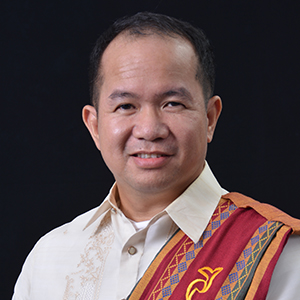Percival F. Almoro, PhD, a professor of physics at the National Institute of Physics (NIP) of the UP Diliman (UPD) College of Science (CS), was recently appointed section editor of the peer-reviewed scientific journal Optik: International Journal for Light and Electron Optics or simply, Optik.

Optik publishes articles on all subjects related to light and electron optics and offers surveys on the state of research and technical development in the fields of optics and electron optics. It publishes original papers and short notes on theoretical and experimental research. It is published by Elsevier, a Dutch academic publishing company.
Almoro is the first Filipino to be appointed section editor of the 77-year-old science journal. He will be the editor of the journal’s optical metrology and interferometry section.
“This editorship stint is a great honor not just for me but also for all Filipinos. It is a recognition on the international stage that researchers in the country can carry out quality research,” the CS Science Communications quoted Almoro as saying.

As editor of Optik’s optical metrology and interferometry section, Almoro has the last word on specialized content in areas ranging from optical metrology and interferometry to phase retrieval.
Optik was established in 1946 and has published works of “famous physicists including RW Gerchberg and W.O. Saxton, for whom the phase retrieval algorithm is named. It is also the official journal of the German Society for Applied Optics, which counts among its honorary members Nobel Prize winners Stefan Hell (2014, super-resolved fluorescence microscopy) and Denni Gabor (1979, holography). As of 2021, Optik showcased an above-average impact factor of 2.84.”
Almoro is the current officer-in-charge of the UPD Office of the Vice Chancellor for Academic Affairs. His interests are physics, optics, lasers, holography, interferometry, phase retrieval, and coherent metrology.—With a report from the CS Science Communications
